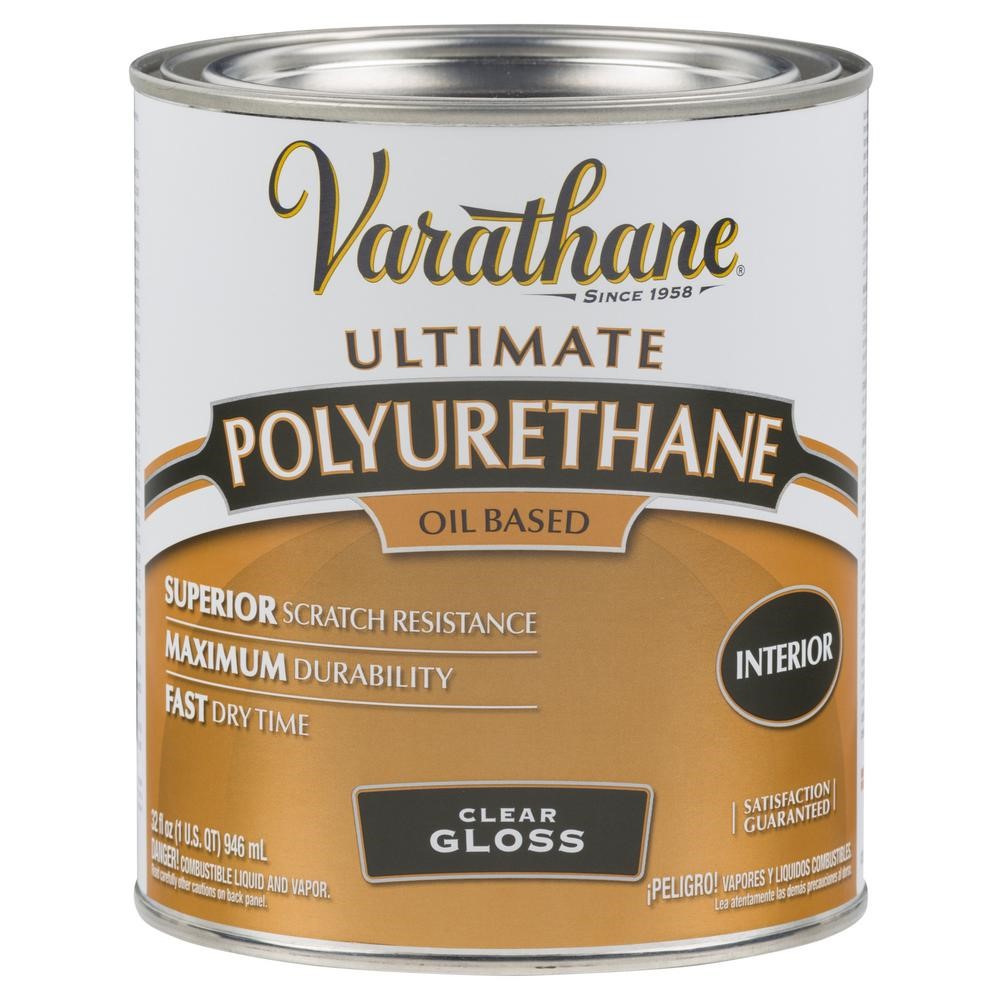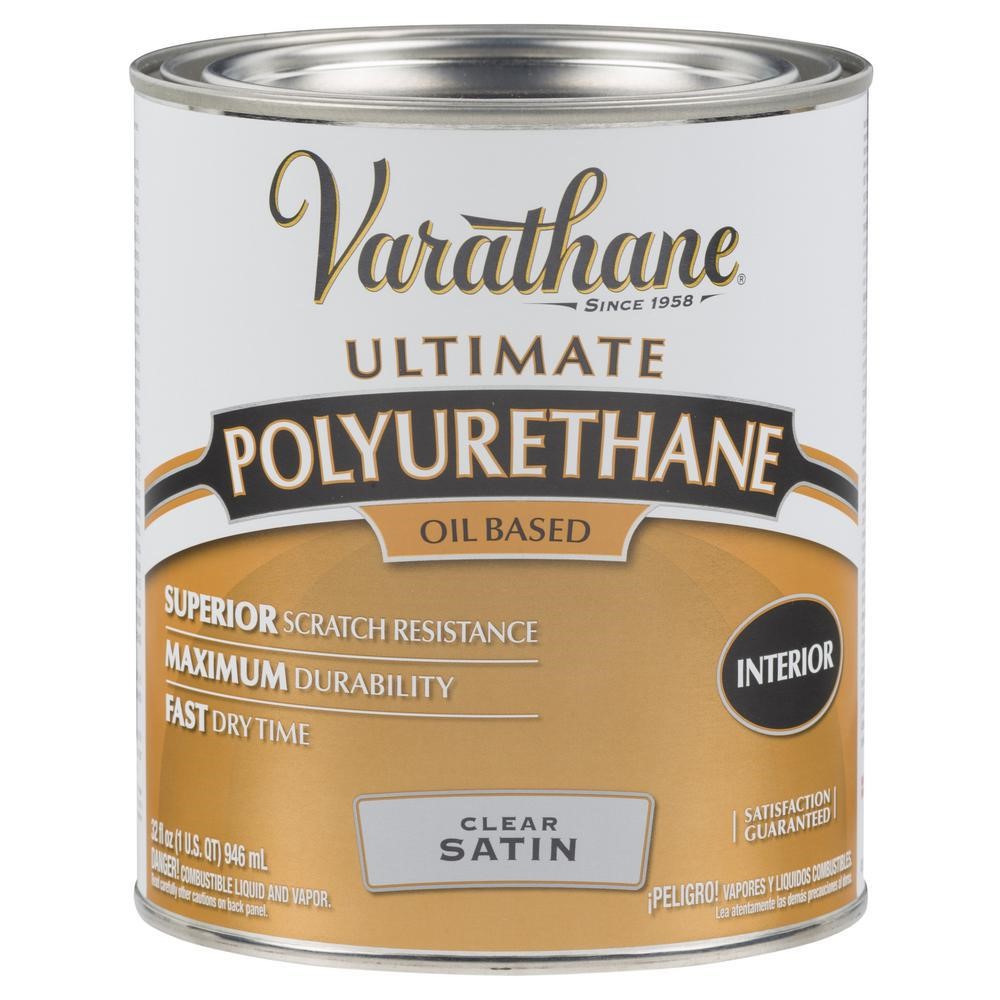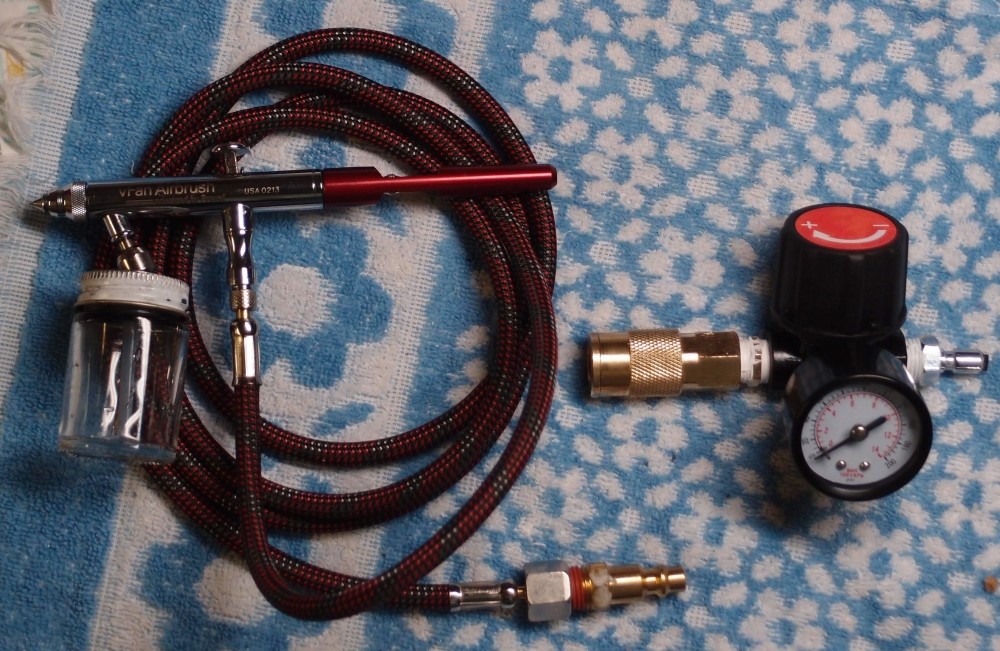Polyurethane - Oil-Based

Except for very rare cases like my teak-bodied Osprey bass, oil-based polyurethane is my finish of choice for both necks and bodies. I generally use rattle-can poly for necks and small parts, simply because it is convenient. For bodies, I spray brush-on poly with a compressor.
Clear oil-based poly can be tinted to any color you like, although it always tends to yellow a bit. It is also available pre-colored in many shades that start out translucent and become opaque when you put it on thick enough. Varathane or Minwax poly is available at any Home Depot or Lowes for around $12 / quart.
Despite what the can says, you can spray just about anything if you dilute it a bit with the proper thinner, typically about 20% mineral spirits. I like to build a finish in a single layer by letting each coat get tacky before spraying the next.
Air space inside the can is what ruins polyurethane. For storage after opening, get some clean smooth rocks, or marbles from the dollar store. As you use up the poly, drop stones in the can to always keep the level at 'full'.


Questions or Inquiries?
Just want to say Hello? Sign the .